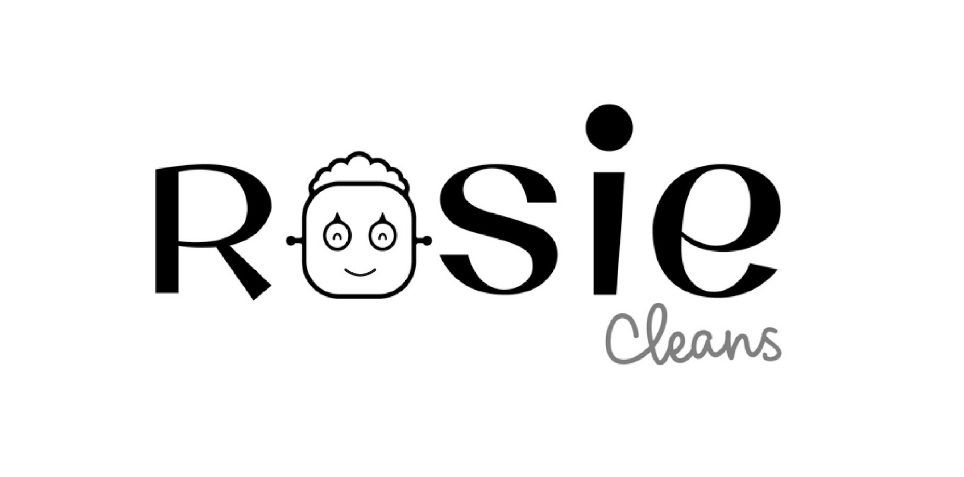The Most Common Areas in Your Home That Harbor Bacteria (And How to Clean Them)
Maintaining a clean and healthy home is a priority for most, but even with regular cleaning, some areas can still harbor a surprising amount of bacteria. At Rosie Cleans in Morristown, we know that certain high-touch surfaces and hidden areas in your home can accumulate bacteria over time, potentially affecting your family's health. Understanding where these germs are most likely to linger and how to effectively clean them can make a significant difference in the cleanliness and safety of your living space. Here, we’ll explore some of the most common areas in the home that tend to harbor bacteria and provide effective cleaning solutions for each.
1. Kitchen Handles and Appliances
The kitchen is often considered the heart of the home, but it's also a hotspot for bacteria, especially on handles and appliance surfaces. Refrigerator handles, microwave buttons, and cabinet handles are constantly touched, making them prime areas for germ accumulation. Food residue, oils, and frequent handling create an environment where bacteria can thrive.
Cleaning Solution: Use a disinfectant spray or wipes specifically designed for kitchen use. Wipe down these surfaces daily or at least several times a week. For a natural alternative, mix equal parts water and white vinegar in a spray bottle and apply to handles and buttons, letting it sit for a few minutes before wiping.
2. Bathroom Faucets and Light Switches
Bathrooms naturally accumulate moisture, which can encourage bacterial growth. The handles and light switches in this area are touched frequently but may often be overlooked during routine cleaning. Bathroom sinks can also harbor E. coli and other bacteria, especially if shared by multiple people.
Cleaning Solution: For bathroom faucets and light switches, use a disinfectant spray or a mixture of water and a few drops of mild dish soap. Apply the solution to a microfiber cloth and wipe the surfaces thoroughly. Consider adding this to your weekly cleaning routine to maintain a cleaner bathroom environment.
3. Remote Controls and Electronic Devices
Remote controls, phones, and tablets are used constantly and shared among household members, but they rarely receive a proper cleaning. Studies have shown that these surfaces can contain more bacteria than a toilet seat due to frequent handling and lack of cleaning.
Cleaning Solution: To clean remote controls, phones, and tablets, turn off the device and gently wipe down with a cloth slightly dampened with an alcohol-based disinfectant. Avoid getting moisture inside the devices. Cleaning these items weekly can reduce bacterial buildup significantly.
4. Doorknobs and Handles Throughout the Home
Doorknobs and handles are high-touch areas, especially in commonly used spaces like the entrance and bathrooms. Because they're touched multiple times a day, they can collect bacteria from hands and become a source of germ transfer throughout the household.
Cleaning Solution: Wipe down all door knobs and handles at least once a week using a disinfecting wipe or a microfiber cloth with a few drops of alcohol-based disinfectant. Make sure to reach all areas of the knob or handle for thorough cleaning.
5. Toothbrush Holders and Soap Dispensers
In the bathroom, toothbrush holders and soap dispensers are often overlooked but can accumulate moisture, toothpaste residue, and germs. The combination of humidity and bacteria from the bathroom makes these areas a prime location for bacterial growth.
Cleaning Solution: Empty and clean toothbrush holders and soap dispensers weekly. Wash them with warm soapy water or wipe them with a disinfectant spray. Allow these items to dry completely to reduce moisture buildup and prevent bacteria from thriving.
6. Kitchen Sink and Sponges
The kitchen sink is another common breeding ground for bacteria. Food particles, moisture, and dishwashing residue make it a perfect environment for germs to grow. Sponges, which are often left damp, can also harbor bacteria and transfer them to other surfaces during cleaning.
Cleaning Solution: Disinfect the kitchen sink at least once a week. Use a mixture of baking soda and water to scrub the sink, then rinse with white vinegar. To sanitize sponges, run them through a dishwasher cycle or microwave them for 30 seconds (ensure they are microwave-safe and damp to avoid fire hazards).
7. Laundry Baskets and Washing Machines
Laundry baskets and washing machines can accumulate bacteria, especially if they contain damp or sweaty clothing. Bacteria and mold can thrive in these areas, particularly in front-loading washing machines with rubber seals that trap moisture.
Cleaning Solution: Wipe down the inside of the washing machine with a mixture of water and white vinegar, running an empty cycle with hot water every month to keep it sanitized. For laundry baskets, spray with a disinfectant and wipe down weekly to prevent odor and bacteria buildup.
Call Rosie Cleans in Morristown, NJ for Professional Cleaning Help
Staying on top of these high-bacteria areas in your home can make a big difference in maintaining a clean, healthy environment. However, tackling all these tasks alone can be challenging. For a comprehensive, professional approach, trust Rosie Cleans in Morristown. We provide expert house cleaning services tailored to ensure every corner of your home is spotless and safe for your family.
To learn more or schedule an appointment, call us at 862-305-0916 or book online today. Let Rosie Cleans in Morristown, NJ help you keep your home sparkling clean and free from harmful bacteria.
